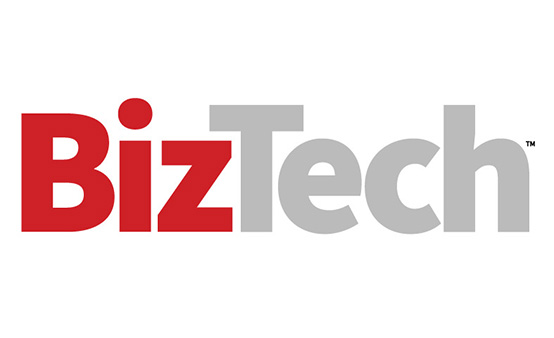The waves of data that organizations must navigate are growing in size and power. The amount of data that will be created in 2025 is expected to surpass 181 zettabytes. That’s 181 billion terabytes.
CDW Chair and CEO Christine Leahy compared the massive amounts of data that are being produced to the 100-foot waves created by the unique conditions of the Nazaré Canyon off the coast of Portugal.
“The technological moment we’re in is producing larger waves than we’ve ever seen before,” Leahy said, speaking at the CDW Executive SummIT in Las Vegas.
Organizations that are able to use this data effectively can ride these waves to new heights, but those that fail risk being overwhelmed.
CHECKOUT: CDW's AI research report shares how businesses are adapting to this technology.
Good Data Quality: A Requirement for AI and Analytics Success
“Organizations are sitting on a huge amount of value in their data, and extracting that value is super-critical,” said Russell Fishman, senior director of Field Advocacy and Solutions Technology (FAST) for NetApp.
But to make optimal use of this data, organizations must follow some best practices. One foundational requirement is to ensure that data reaches a high level of quality. As organizations look for ways to apply artificial intelligence to their workflows, the need for data quality is even greater.
“We have insanely high expectations of AI, but we provide it very little with our data,” said Philip Sandoz, business development manager with Genetec.
Combining Data Sources for New AI-Driven Insights
Finding the right applications for data analytics is an important step. Organizations have so much data, and AI can offer so many opportunities that organizations should focus on the projects that will bring the greatest ROI.
“There is a challenge in picking out the right wave,” Leahy said. “Being able to identify the right wave is critical, because there are so many of them.”
One way that organizations can find value in their data-driven efforts is to identify key data sources, such as video surveillance systems or customer relationship management tools, and apply analytics to multiple streams. This enables them to glean insights that would not be possible simply by studying a single source. For example, by combining video surveillance and exception-based reporting systems, retailers can conduct their loss prevention investigations much more rapidly.
By identifying these combinations and making sure their data quality is high, organizations can ride the massive waves of data they’re producing. As organizations figure out what combinations provide the most valuable insights, AI will help them make their analyses at scale. Ultimately, it will become an essential tool for analytics success.
“I think it is fair to say that over the next 10 years, AI use is going to be less of an option and more of a requirement,” Sandoz said.
Find BizTech’s full coverage of the event here and follow our coverage of the CDW Executive SummIT on the social platform X @BizTechMagazine and join the conversation using the hashtag #CDWExecutiveSummIT.














